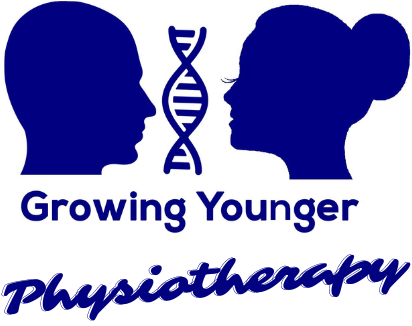The Best Exercises for Back Muscles: What Science Really Says
If you’ve had back problems, chances are someone has told you to strengthen your core muscles.
But they often don’t explain which exercises for back muscles actually help—or how much you should do.
Most people don’t know which movements are safe, and which ones might actually make their pain worse.
At my physiotherapy clinic, I often meet people who tried random exercises from YouTube and ended up with even more back discomfort.

So how do we know that core and back muscle exercises are truly effective? Do they actually reduce pain, improve strength, and restore flexibility?
Let’s explore the evidence by looking at what the research says.
Why Flexibility Matters With Back Pain
One of the most common complaints from people with chronic back issues is stiffness in the spine.
Over time, they lose flexibility and mobility, which makes daily tasks—like bending, lifting, or even putting on shoes—more difficult.
Think about how easily you can bend forward to touch your toes. If that’s a struggle, your spine might not be moving as well as it should.
So the question is: Can targeted exercises for back muscles improve both pain and flexibility?
Brill’s CORE Program: A Research-Based Solution
There’s one program that’s actually been studied for its effects on back pain: Brill’s CORE Program.
Developed by Peggy Brill, a U.S.-based physical therapist, this program focuses on:
- Controlled spinal movement
- Deep abdominal and back muscle activation
- Neuromuscular coordination and stability
Originally designed for women, this routine has since been widely used to help people of all genders recover from injuries and prevent future back pain.
Study Results: Do These Back Muscle Exercises Work?
In 2014, researchers tested the effectiveness of Brill’s program on back pain and spinal range of motion.
Participants followed a 4-week plan, doing 30-minute core and back strengthening sessions three times a week.
Here’s what they found:
- Pain levels decreased by nearly 50%
- Flexibility improved by 37% (as measured by forward bending)
That’s a major change in just four weeks of targeted exercise.
Finally, we have some evidence to say that core exercises actually work.
Sample Exercises for Back Muscles from Brill’s Program
So what exercises are actually included?
Here are some of the movements featured in Brill’s CORE routine. Many of these require you to activate your deep core and back muscles during each rep:
- Pelvic Tilt
- Bent-Knee Fallout
- Glute Bridges
- Heel Slides
- Hamstring and Piriformis Stretches
- Cobra Stretch
- Dead-Bug
- Leg Extensions
- Hip Hike (also called “hip hitch”)
Each of these exercises for back muscles is low-impact and focuses on spinal control and postural stability.
Important: Personalisation Is Key
While these movements are effective, they should be tailored to your:
- Fitness level
- Core strength
- Current symptoms
This article is not a substitute for medical advice. Always consult a physiotherapist or exercise professional before starting a new routine, especially if you’re dealing with pain.
Final Thoughts: Strengthen Your Core, Support Your Spine
If you’ve been wondering whether strengthening exercises for back muscles can really help with pain and flexibility, the answer—according to research—is yes.
Also Brill’s CORE program offers a simple, science-backed routine that can support your recovery and keep your spine healthy.
Start slow, stay consistent, and get professional advice if needed. The right approach to core and back muscle training can make a lasting difference.
